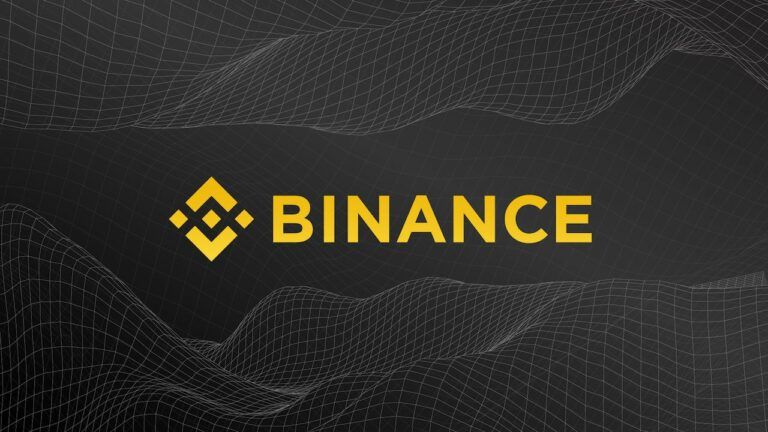Binance announced on Thursday (September 26) the official launch of its Staking platform, which provides a super easy way to earn staking rewards just by “depositing and holding funds” on Binance.
Binance defines “staking” as “the process of holding funds in a cryptocurrency wallet to support the operations of a blockchain network.”
Although Binance has been supporting staking for several digital assets for the past several weeks, it was not until yesterday that the Staking platform’s website was unveiled and full details about the platform were provided.
Here is what Binance Co-Founder and CEO Changpeng Zhao (aka “CZ”) said about the exchange’s staking service earlier today:
Staking service @Binance. You literally don't have to do anything. Your funds on Binance automatically participate. You can still trade as you normally would.
Keeping it simple!https://t.co/CR0Fqpde6d
— CZ Binance (@cz_binance) September 27, 2019
Binance’s announcement explained why this is a totally effortless way to receive staking rewards on a monthly basis:
Users will earn staking rewards without needing to set up any nodes, worry about minimum staking amounts, time lengths, or any other technical requirements.
It also mentioned that Binance has improved its staking calculation methodology (this will go live on 1 October 2019 at 00:00 UTC): instead of taking snapshots of a user’s balance for a supported cryptocurrency daily at 00:00 UTC, the plan is to take such snapshots on an hourly basis (i.e. 24 snapshots each day) in order to have a more accurate distribution of staking rewards.
The cryptoassets currently supported for staking are Algorand (ALGO), Komodo (KMD), NEO, Ontology (ONT), Qtum (QTUM), Stellar Lumen (XLM), Stratis (STRAT), and Vechain (VET).
Here are a few things worth noting about Binance’s staking service:
- It is free — Binance does not charge any fees for staking.
- It has no “lock-up period” — you can sell you coins or withdraw them at any time to stop receiving staking rewards.
- You can trade any portion of your coins while staking (obviously, this will affect your staking balance).
Binance rival Coinbase announced staking support for Tezos (XTZ) on March 29; however, that service requires you to be a client of Coinbase Custody. This means it is not free and it is only for institutional investors.
Featured Image Courtesy of Binance









